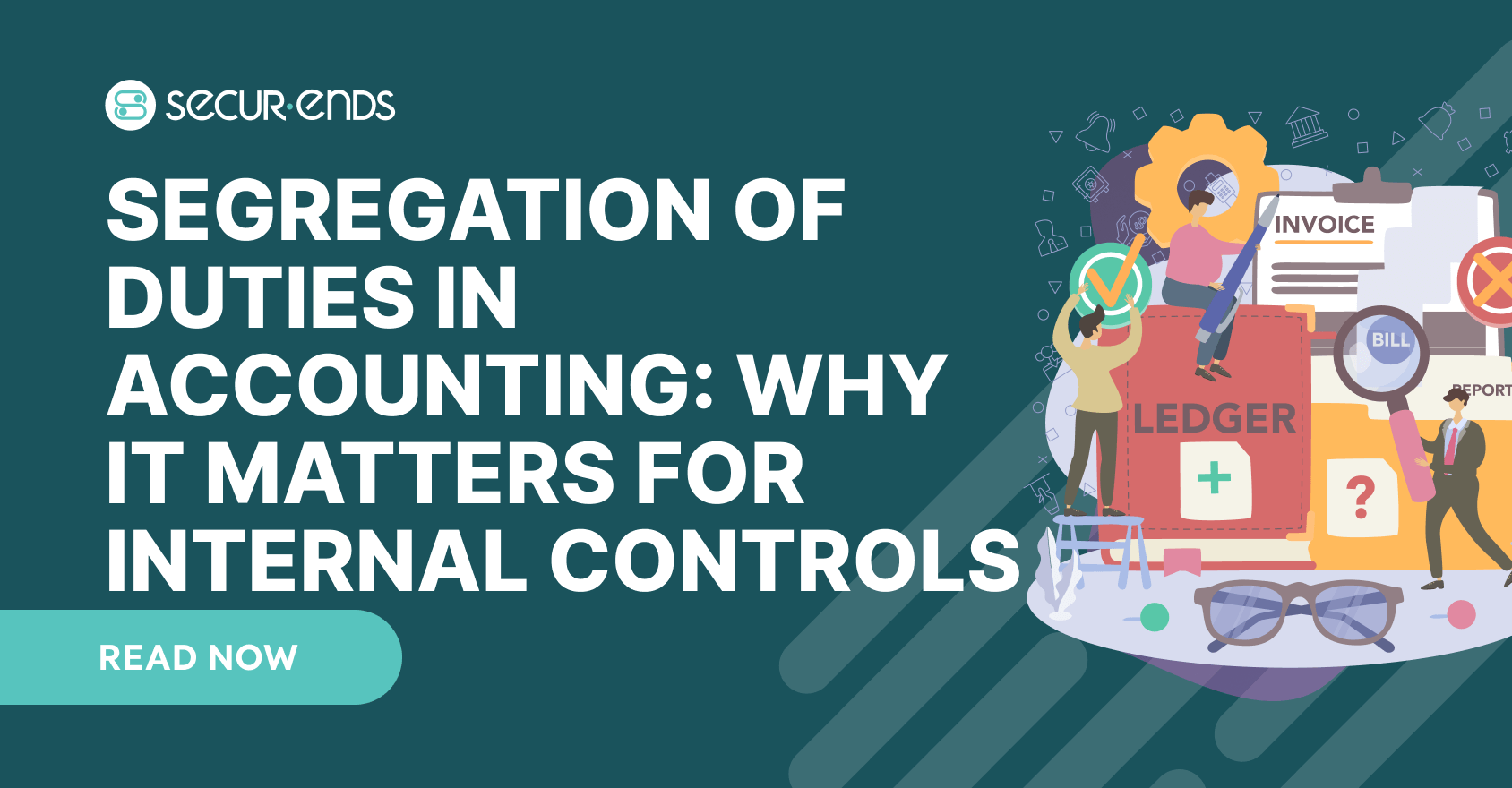Segregation of Duties in Accounting: Why It Matters for Internal Controls
Segregation of Duties in Accounting: Why It Matters for Internal Controls

Introduction
When it comes to keeping ledgers honest and operations safe, nothing beats clear accountability. In accounting, that means segregation of duties accounting—making sure transaction tasks are split among people so errors don’t go unchecked and malicious activity doesn’t slip in. The same idea is also known as separation of duties accounting or division of duties accounting, with all three terms pointing back to one simple goal: distribute risk and build trust in the system.
What Is Segregation of Duties in Accounting?
At its simplest, segregation of duties in accounting is about splitting tasks so no one person controls every step of a process. You want the person who inputs an invoice to be different from the one who approves payment. That way, errors or fraud are far less likely to go unspotted.
You’ll sometimes hear separation of duties accounting, referring to the same principle: keeping roles distinct so internal checks aren’t bypassed. And division of duties accounting is another term emphasizing that duties belong in separate hands—not just to follow policy, but to protect the organization.
These terms may sound interchangeable, but they all reinforce one truth: financial integrity depends on clear role boundaries.
Why Is Segregation of Duties Important in Accounting?
Real-world consequences underscore the importance. If someone enters a false vendor and also approves the invoice, real money can vanish under the radar. Sound segregation of duties accounting splits approval and execution, stopping such risks.
Accuracy in reports matters as much. When someone else reviews financial entries—different from the person who made them—companies significantly lower misstatement risks. That’s separation of duties accounting ensuring quality in data.
Finally, guarding assets is a core task. With division of duties accounting, the person handling cash is never the same one who reconciles it. That limit makes fraud or theft far harder, turning control into protection.
Examples of Segregation of Duties in Accounting
- Accounts Payable: One person enters invoices; another approves payment. That’s a practical form of segregation of duties accounting, with clear steps and oversight.
- Payroll: A staff member enters hours or compensation amounts, and someone else processes payroll. Here, separation of duties accounting maintains checks.
- Cash Handling: The cashier handles collection; an auditor or clerk reconciles monthly or weekly totals. That’s good division of duties accounting in action.
These splits are small in structure—but huge in impact.
Common SoD Risks and Violations in Finance
Skipping proper task separation opens peril all too easily. Imagine a manager approving and recording vendor payments. Without a second pair of eyes, mistakes or fraud remain hidden.
We’ve seen cases where poor segregation of duties accounting let employees embezzle funds for years. In audit findings, lack of separation often appears as a material weakness under SOX standards.
Segregation of Duties vs. Internal Controls
Segregation of duties accounting is one pillar among many in the internal controls framework. It complements other control activities—like record reviews, reconciliation, and approval logs—forming a net of protection.
GAAP demands systems that ensure reliable reporting, and SOX Section 404 requires testing of internal controls. Strong separation of duties accounting helps firms meet those legal expectations by forcing design and review of access roles.
Best Practices for Implementing SoD in Accounting Teams
- Role Rotation
Rotating duties over time prevents anyone from sitting in an unchecked position too long. It strengthens segregation of duties accounting naturally. - Dual Authorization
Require two sign-offs on large or sensitive transactions. This gives a direct example of separation of duties accounting, where one person prepares, another reviews.
Automated Controls
Software can block approvals if the same person created the record. That’s effective division of duties accounting automation in practice.
FAQs on SoD in Accounting
| Question | Answer |
| Example of segregation of duties in accounting? | Having one person enter invoices and another approve payments showcases segregation of duties accounting. |
| Why is SoD important in auditing? | Auditors look for role separation because separation of duties accounting proves oversight and controls are in place. |
| How does SoD prevent fraud? | By dividing roles across recording, approving, and payment—what we call division of duties accounting—you reduce opportunities for wrongdoing. |
| Can small teams implement SoD? | Yes. Use cross-checks, external reviews, or partial separation to maintain segregation of duties accounting even with limited staff. |
Final Note
Strong segregation of duties accounting means dividing work so errors, misuse, or fraud don’t go unchecked. Whether called separation of duties accounting or division of duties accounting, it’s the backbone of trust in financial processes. With role design, rotation, automation, and review in place, accounting teams can build governance that isn’t just compliant—it’s reliable.